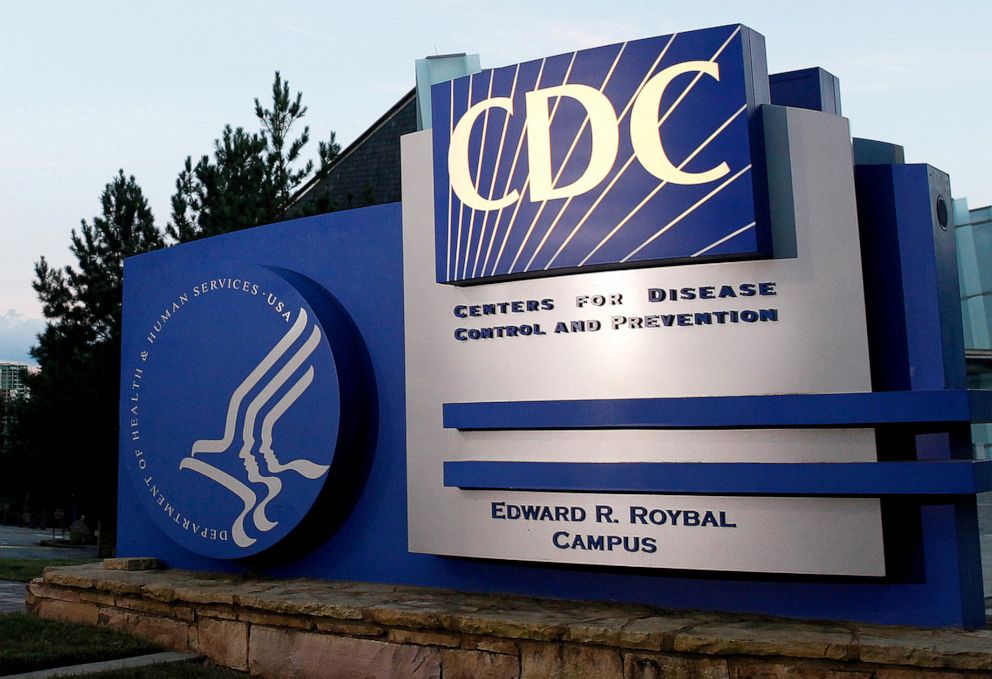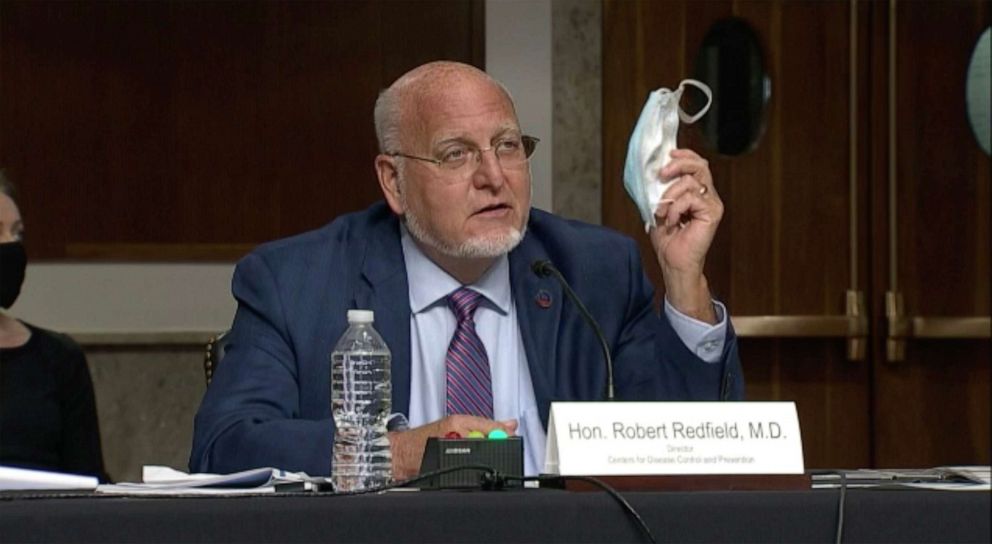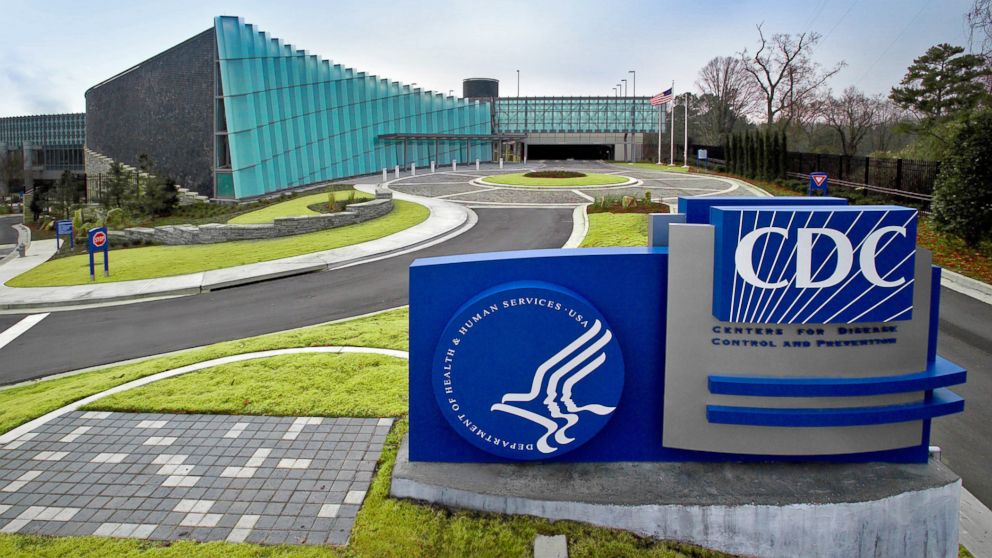CDC abruptly removes new guidance on coronavirus airborne transmission
The Centers for Disease Control and Prevention said Monday that it made a mistake when it posted new guidance online citing “growing evidence” that COVID-19 is airborne, sending health experts and the public scrambling to determine if schools and business should rethink mitigation steps to prevent the spread of the virus.
The misstep is one of several in recent weeks in which the CDC has left the public scratching its head.
Since July, the agency has flip-flopped on its guidance on testing people who don’t show symptoms, finally settling on the recommendation that it’s a good idea.
Critics of the Trump administration say too much politics is at play and that the agency’s wavering is undermining its credibility with the public.
“A draft version of proposed changes to these recommendations was posted in error to the agency’s official website. CDC is currently updating its recommendations regarding airborne transmission of SARS-CoV-2 (the virus that causes COVID-19). Once this process has been completed, the update language will be posted,” the CDC stated Monday.
How long the virus lingers in the air and how far it travels after someone sneezes or coughs has been the subject of much speculation since the beginning of the pandemic. On Friday, the CDC quietly updated a page on its website on how the virus spreads.
“There is growing evidence that droplets and airborne particles can remain suspended in the air and be breathed in by others, and travel distances beyond 6 feet (for example, during choir practice, in restaurants, or in fitness classes). In general, indoor environments without good ventilation increase this risk,” the CDC stated on Friday in a post that has since been taken down.
That assessment raised serious questions about whether such practices as attending school or dining indoors were safe because people would might remove their masks if there is enough social distance. School districts have long been sounding the alarm on the lack of ventilation, including old buildings and windows that won’t open.

But soon after the CDC change was noticed by media outlets, the CDC removed the posting. It remains unclear what CDC might post, if anything, on the matter. The White House task force on coronavirus stopped holding regular briefings on the pandemic, and CDC does not host press conferences.
The White House had no comment on the unexplained CDC action.
President Donald Trump has publicly challenged the CDC’s findings on the virus, oftentimes refusing to wear a mask and pressing the agency to reframe its guidance on schools to favor reopening. In recent months, the White House installed a press secretary at Health and Human Services who frequently disparaged CDC researchers.
The CDC caused alarm last August when it released guidance suggesting people didn’t necessarily need to get tested for the virus even if they were exposed. The agency last week walked that back and returned to its guidance from earlier in the summer that anyone who has been exposed needs to be tested.

Similarly, Trump last week insisted the agency’s director, Robert Redfield, made a “mistake” when he predicted that most Americans wouldn’t have access to a vaccine until the middle of next year.
Redfield’s spokesman initially issued a statement that appeared to realign himself with the president, but then retracted the statement, leaving it unclear whether Redfield agreed with the president.
According to Dr. Anthony Fauci, who has addressed the matter in recent weeks, the virus is believed to spread both through droplets by talking, sneezing or coughing, but also smaller droplets that linger in the air.
In a recent JAMA interview, Fauci, the nation's top infectious disease expert, said the degree of aerosolization is still being researched.
“We need to pay a little more attention now to the recirculation of air indoors,” he said.
In an interview for ABC World News Tonight, Dr. Ashish Jha, dean of Brown University's School of Public Health, said, "We rely on the CDC to give us straightforward scientific advice and it’s been very frustrating to watch all of this back and forth and confusion coming out of the CDC."
"We’ve known for months that COVID is transmitted when people cough or sneeze, but also when they talk and breathe through aerosols," he said. "It was great to see yesterday the CDC finally admit what most of the scientists have known for a long time. And then today they reversed themselves and they took down that recommendation. It’s very confusing for most Americans to see this back-and-forth and the flip-flopping happening at the CDC," he added.
"The American people rely on the CDC for clear guidance, including how the virus is transmitted. And this flip-flopping, which clearly is about political interference in the scientific process, I think makes it much harder for Americans to know what the right things are, what they need to do to keep themselves safe," he said.
ABC News’ Eric Strauss, Sony Salzman and Stephanie Ebbs contributed to this report.




